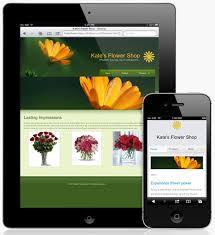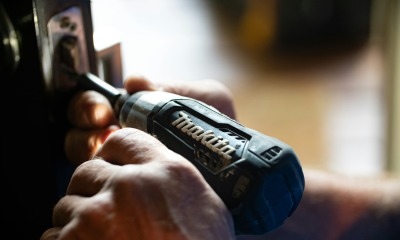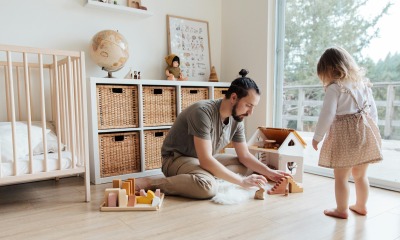Green & Energy
Has Sustainable Building Had Its Day?

Wherever you go, whatever you read, and whatever you listen to, it is impossible in the modern world to get away from the environmental agenda that we are all told to follow. One of the key aspects of our move towards a greener world has been the large number of eco-friendly construction projects taking place around the world.
Sustainable Building
The way energy is distributed and used throughout buildings has been key to developing sustainable building trends in recent years. While originally it was recommended that we are more mindful of the energy we use, it is now more common for eco-friendly materials such as ETFE to be used in design and construction projects, so that the reduction in carbon footprint and costs can happen without as much input from people.

Other trends have seen the rise in the use of solar panels to harness energy for later use, while the greenest buildings have even found ways to recycle water and all other waste on site, reusing it for energy production or other means.
With these clearly having a positive impact, why is the future of sustainable building even under question?
Moving the Goalposts
It isn’t really that the future of sustainable building is being questioned. After all, materials such as ETFE clearly have such excellent qualities that it would be folly for Earth’s population to not continue making the most of the advantages it holds.
What is really happening is that what people consider to be sustainable is evolving. Having a carbon neutral building or heating 70% of a water supply using solar power is no longer enough to earn the ‘sustainable’ label. Now, people are asking whether buildings can be produced so that they could realistically survive and then thrive on their own, without any connections to power grids or public utilities, for example.
Tomorrow’s World
Is there a reason for this? Surely if a building can produce its own power then that is enough?
Continuing climate change trends, and specifically the growing unpredictability of the weather, is the catalyst for these questions. Today’s sustainable buildings are the ones that can withstand flooding or hurricane force winds for a sustained period, and can store enough electricity and power over extended periods of time in order for people to survive if their home or work premises should become inaccessible during an extreme weather event. People are even questioning if our scientific knowledge can help us to create buildings that are earthquake and fireproof.
Sustainable building has not had its day, but the parameters by which we define sustainability will continue to evolve until we reach a stage where building by building long-term self-sufficiency is a realistic prospect.
Vector Foiltec invented the use of texlon, a compound created by fusing together one or more ETFE panels to create air-filled cushions. Vector Foiltec have developed the use of these innovative products over the last 30 years, and they now feature prominently in many construction projects around the world.
-

 Tech11 years ago
Tech11 years agoCreating An e-Commerce Website
-

 Tech11 years ago
Tech11 years agoDesign Template Guidelines For Mobile Apps
-

 Business6 years ago
Business6 years agoWhat Is AdsSupply? A Comprehensive Review
-

 Business10 years ago
Business10 years agoThe Key Types Of Brochure Printing Services
-

 Tech8 years ago
Tech8 years agoWhen To Send Your Bulk Messages?
-

 Tech5 years ago
Tech5 years ago5 Link Building Strategies You Can Apply For Local SEO
-

 Law5 years ago
Law5 years agoHow Can A Divorce Lawyer Help You Get Through Divorce?
-

 Home Improvement6 years ago
Home Improvement6 years agoHоw tо Kеер Antѕ Out оf Yоur Kitсhеn































